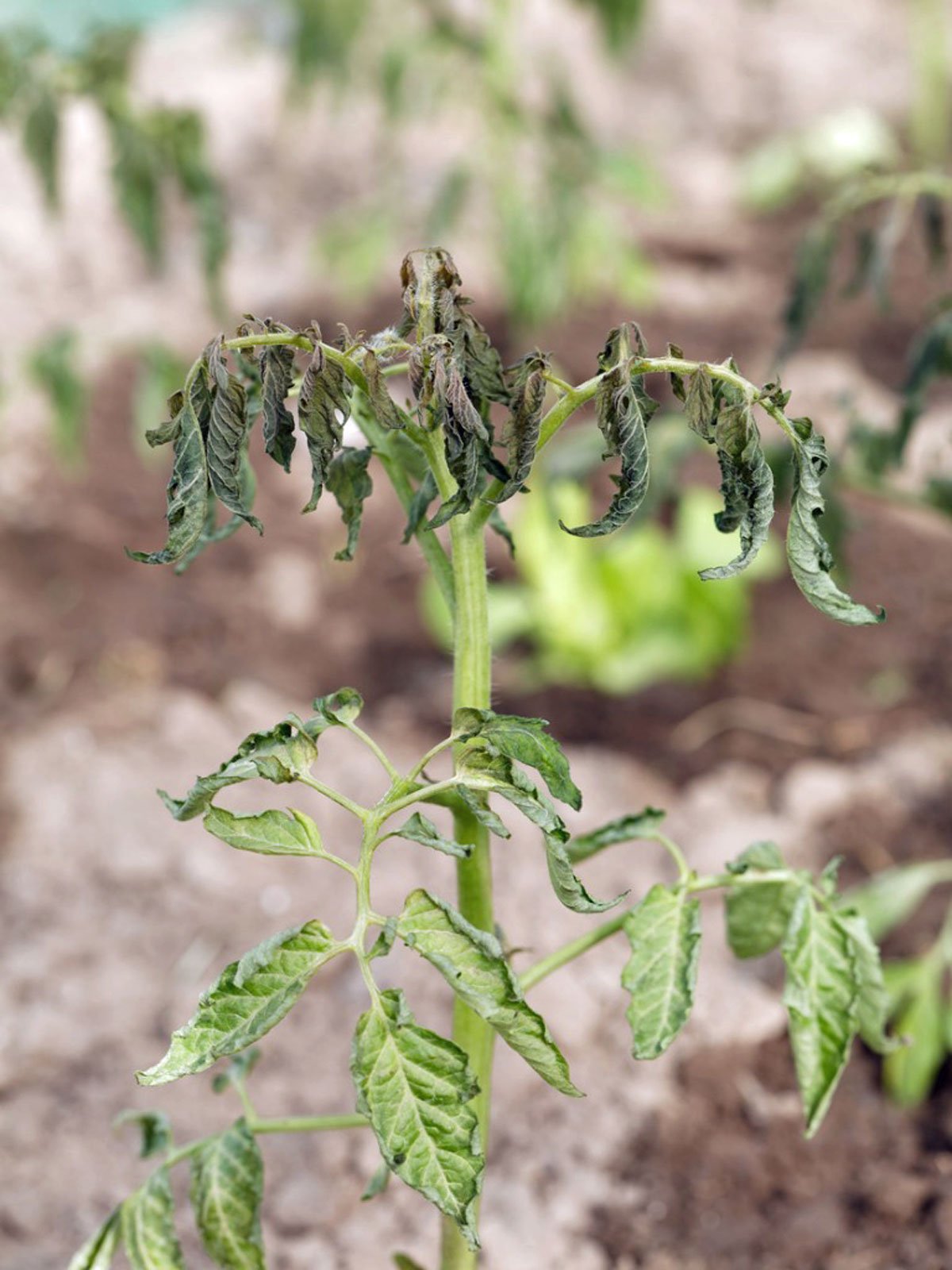What does excessive heat do to an indoor grow room?
Grow in Australia anywhere north of Tasmania and excess heat in your grow room is a common problem for most of the year unless blessed with air conditioning. What do we mean by excess heat? Every gardener should know the parameters of their gardens at differing stages of a plant’s development and any temperatures over these parameters are considered excess.
Before tackling subjects like Vapor Pressure Deficit or Customizable light spectrums, growers need to identify and rectify excess heat issues in order to move forward. Even the best irrigated and high-tech lighting schedules won’t save you from problems caused by excess heat.
If you don’t know a gardens heat or temperature parameters, then how do you know if its too hot or cold? This is basic growing knowledge 101. Any temperature higher than 28 Degrees is problematic unless using Co2 and this will usually only allow a grower to push the limits to 30 -33 deg Celsius if all other environmental factors are within range or even perfect. Higher temperatures usually promote a drier environment or serve to lower relative humidity. If the heat doesn’t shut your gardens lungs down, then a dry environment will.
Stomata are a plants version of human lungs or at least that’s the best way to describe Stomata to someone who is just now heard the word and it is how plants breathe or respire. Before visible signs of burnt leaves or dry brown flowers a plants respiration slows then stops by closing the stomata and when this happens your plants shut down and go into survival mode literally.
They will only start normal respiration processes when conditions return more favorable. If the plant spends too much time in survival mode, then it’s not producing and susceptible to pests and disease as well producing inferior quality and yields. Smaller thinner up curled leaves at the canopy and noticeable decrease in plant vigor are first signs of extended heat stress. Also, a noticeable decrease in water / nutrient uptake is likely as the plant is just surviving and not producing.
Root zone temperatures will be affected unless running chillers in DWC or NFT channels and even then, if the temperature difference is too great problems will arise. Pots in hot environments heat up through the light cycle and tend to hold the heat of that day through the dark period and cause problems in the root zone.
Eventually if not corrected plants may rapidly mature or simply die before harvestable product is available. Pests such as spider mite are very common in hot dry grow rooms and breed or multiply rapidly in their favored environment. Excess heat especially for extended periods can start a chain reaction of problems that a garden may never recover and should be dealt with quickly.
Consider operating rooms in cooler parts of the day and working with the environment to achieve desired grow room conditions. Venting heat out of rooms early in the morning after a light cycle will help keep night temps in the garden down and give a lower starting temperature come the next light cycle. Air conditioning can be implemented and can be used continuously or when needed depending on gardens needs. Irrigating at the start of a light cycle can reduce media or pot temps and give a few hours or more of grace in a hot room so choose 18 degrees over 22 for this purpose.
Basically, when outside temperatures exceed 24 degrees in the light cycle then a room will battle heat and even constant ventilation will see the gardens temperatures climb into the thirties. Choose LED lighting that run cooler than HID bulbs, or utilize the high temperature dimming on certain manufactures ballasts that dim light or switch off to reduce heat. It’s not ideal as the garden will run low light levels at higher temperatures and quality, yield will be reduced. Allow room in the budget for air conditioners and consider reducing the gardens size over warmer months.
Looking for Hydroponic Supplies? Visit our online shop now!
